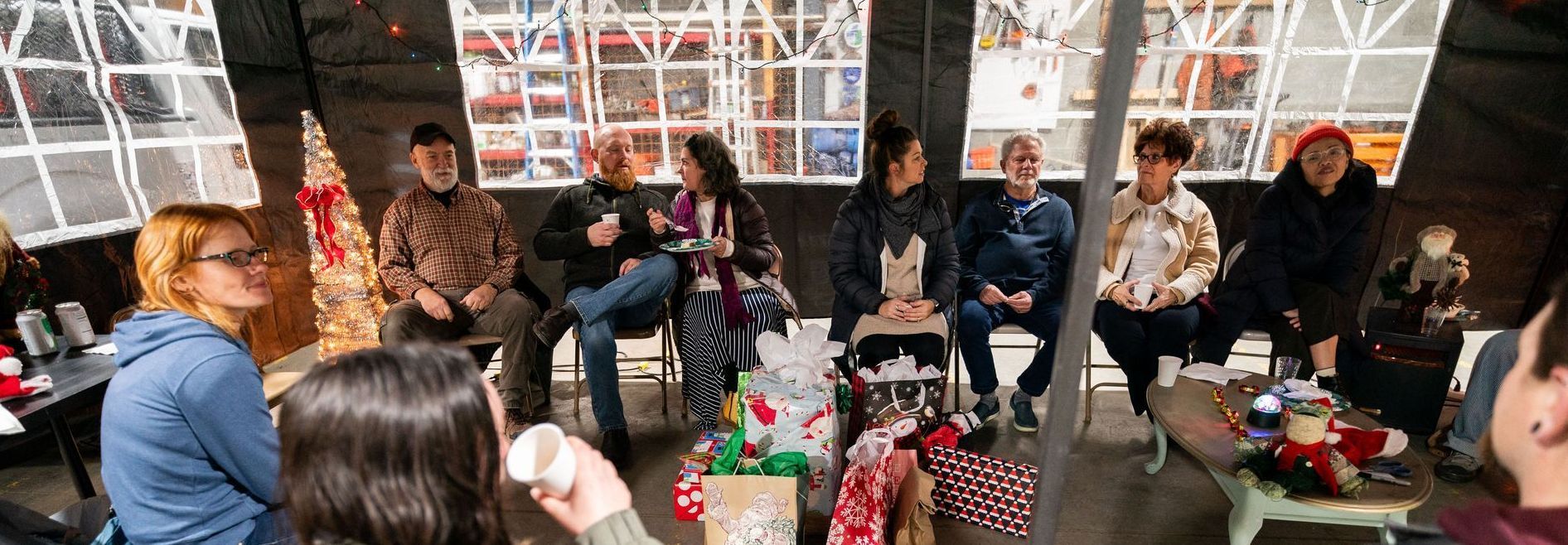
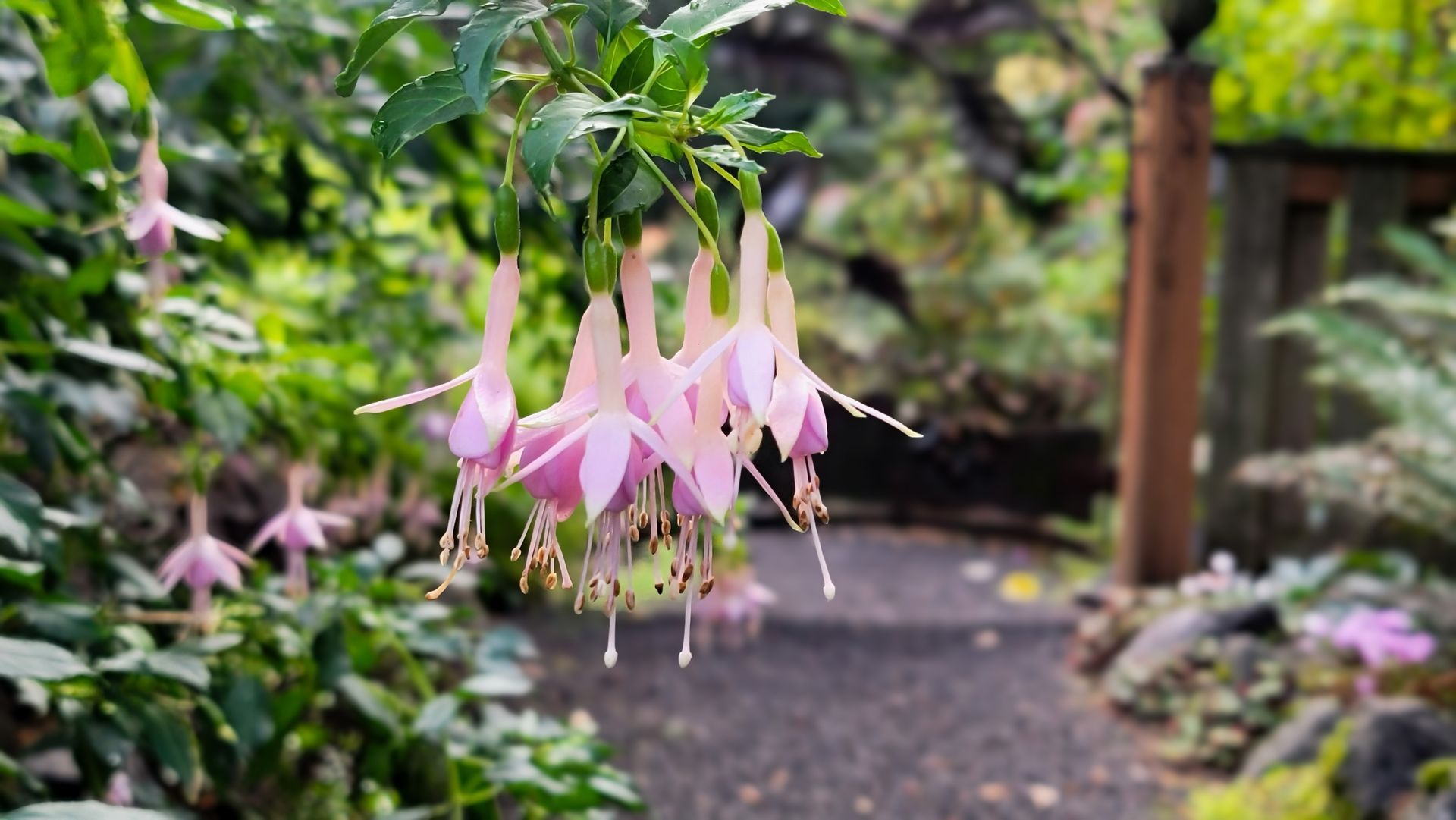
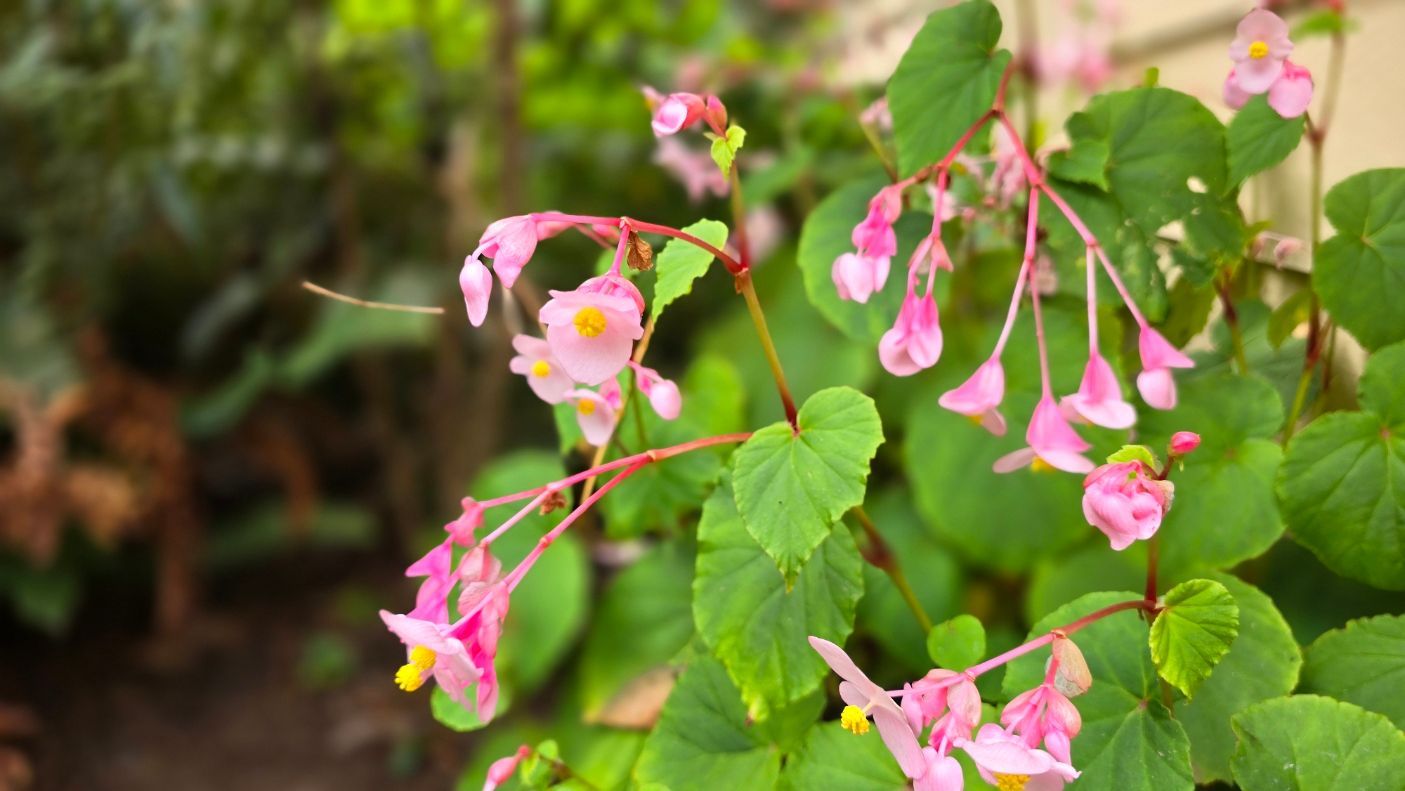
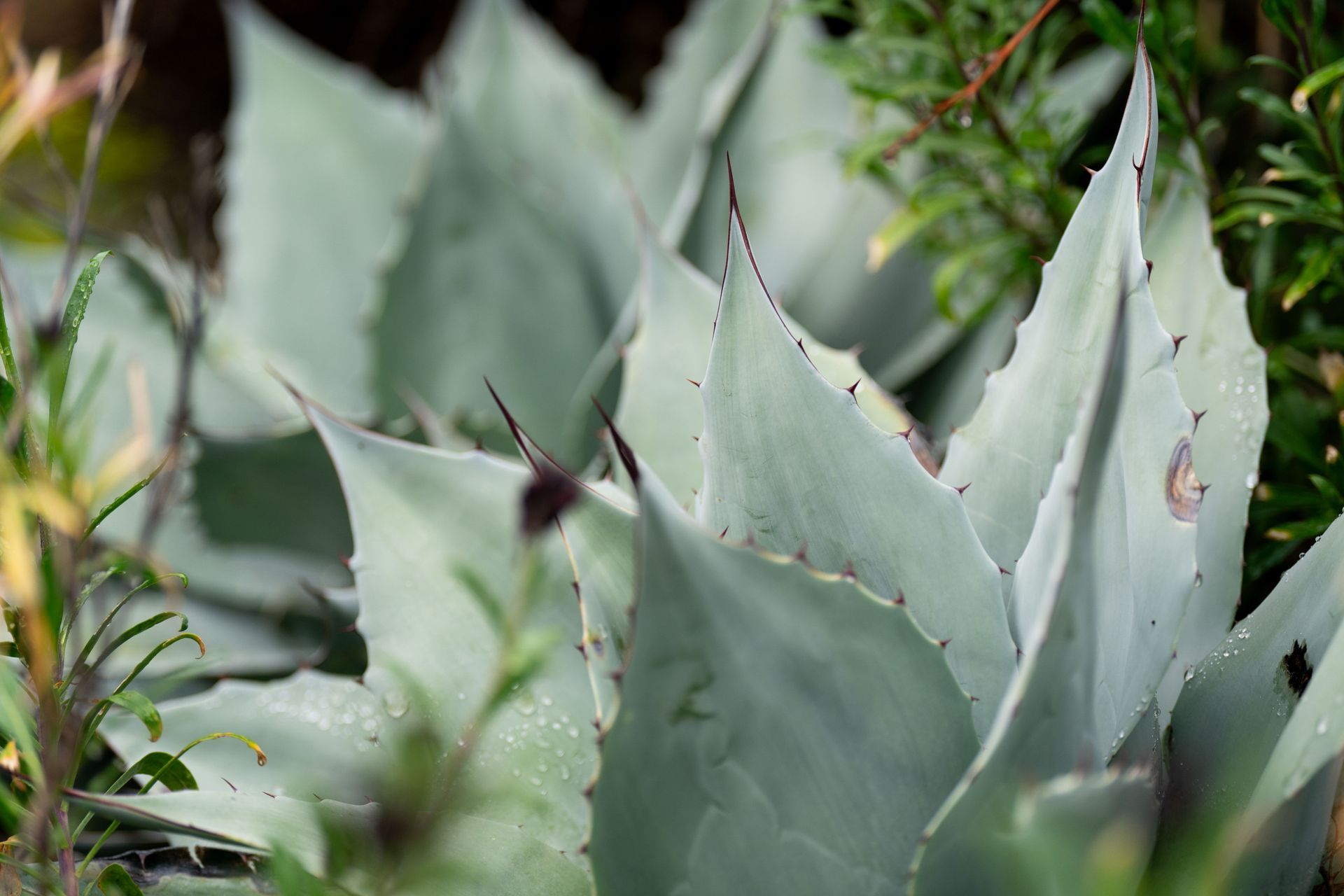
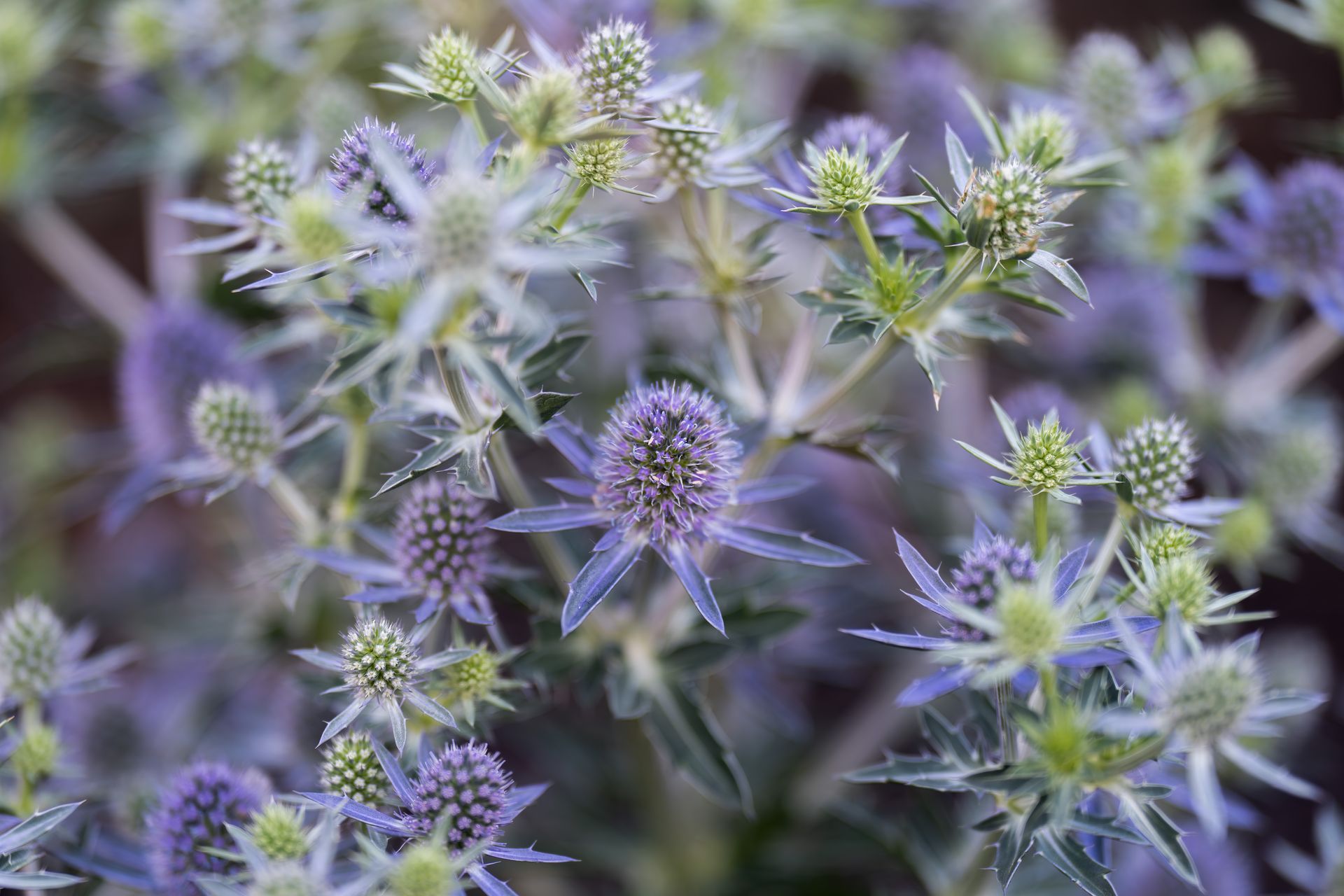
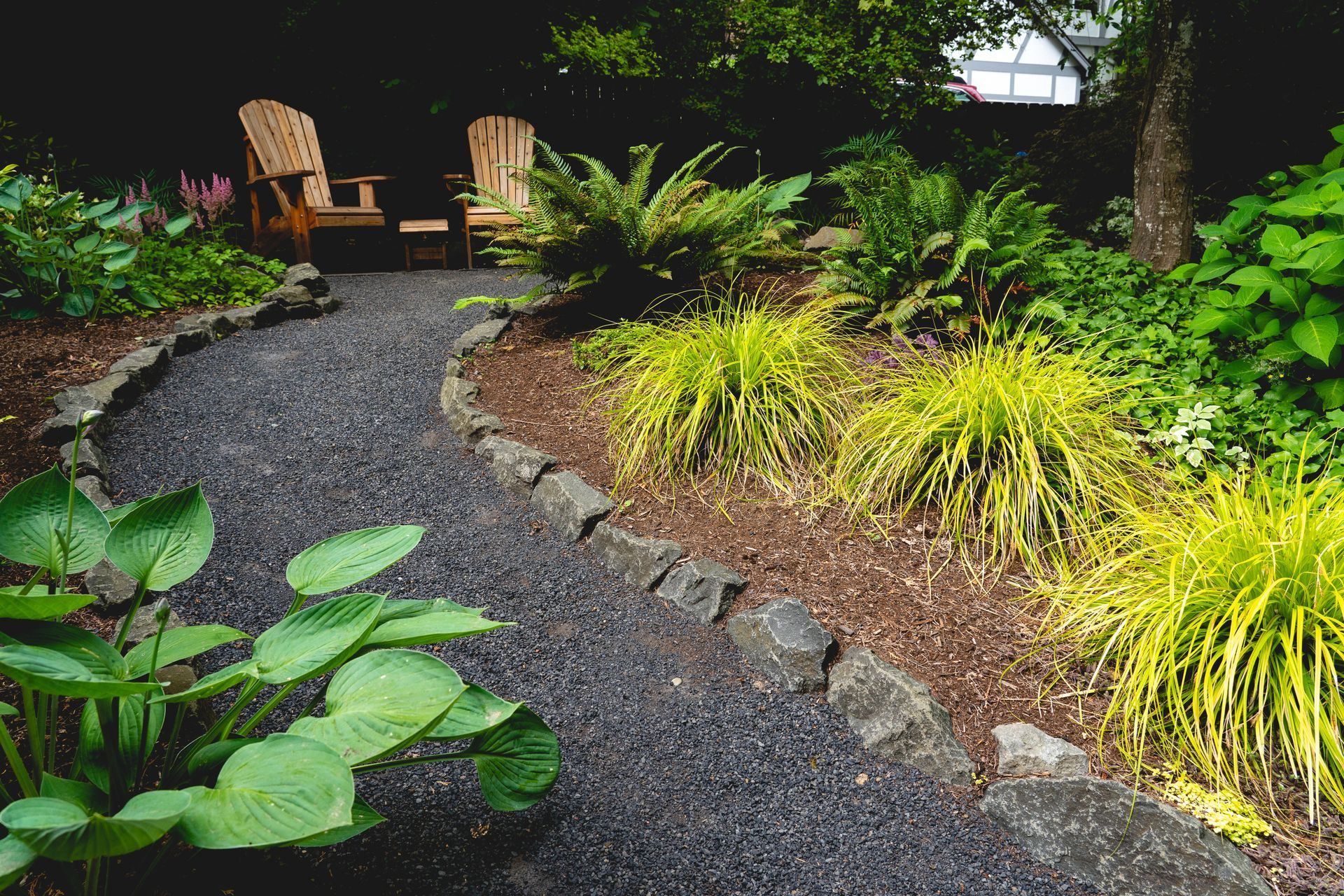
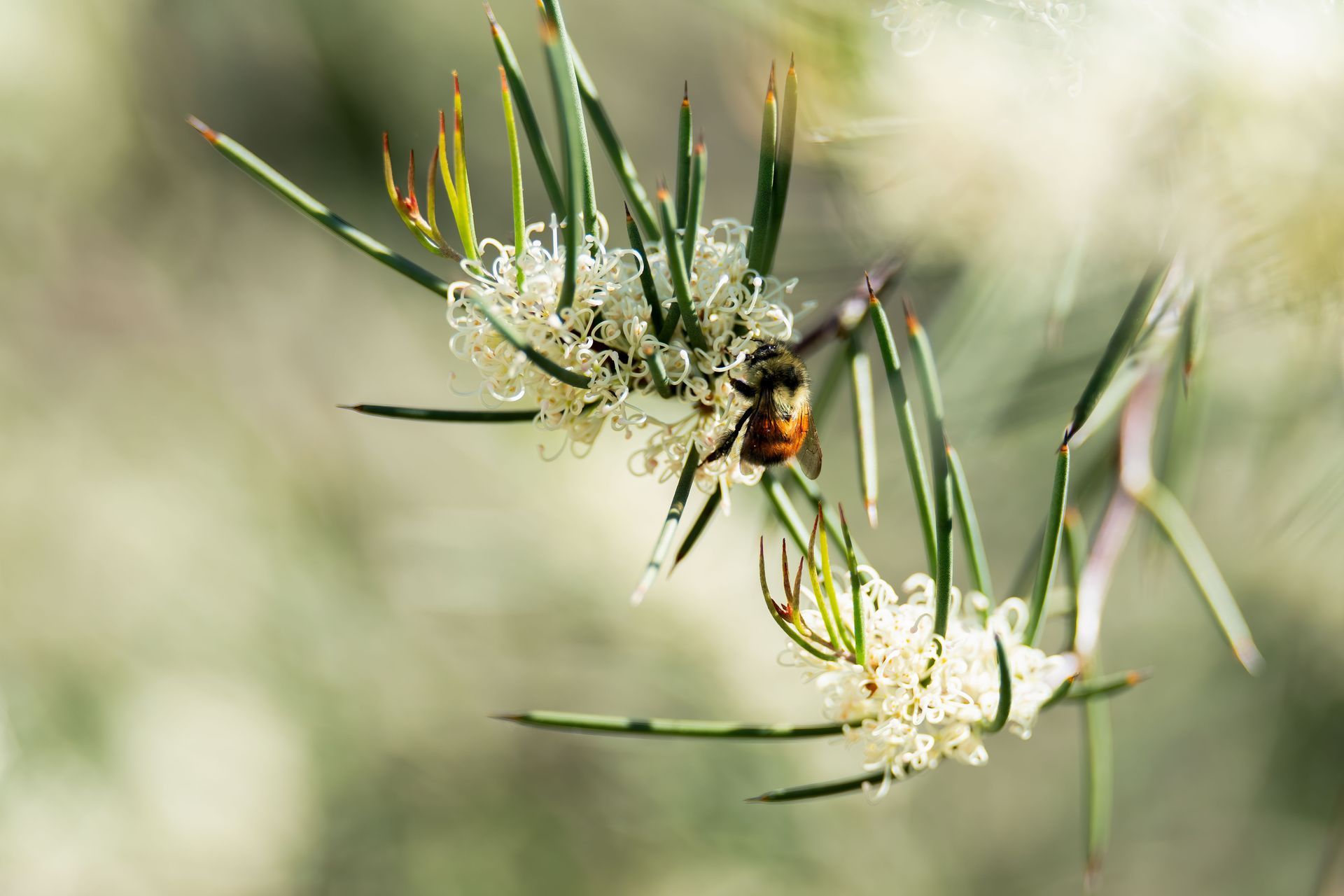
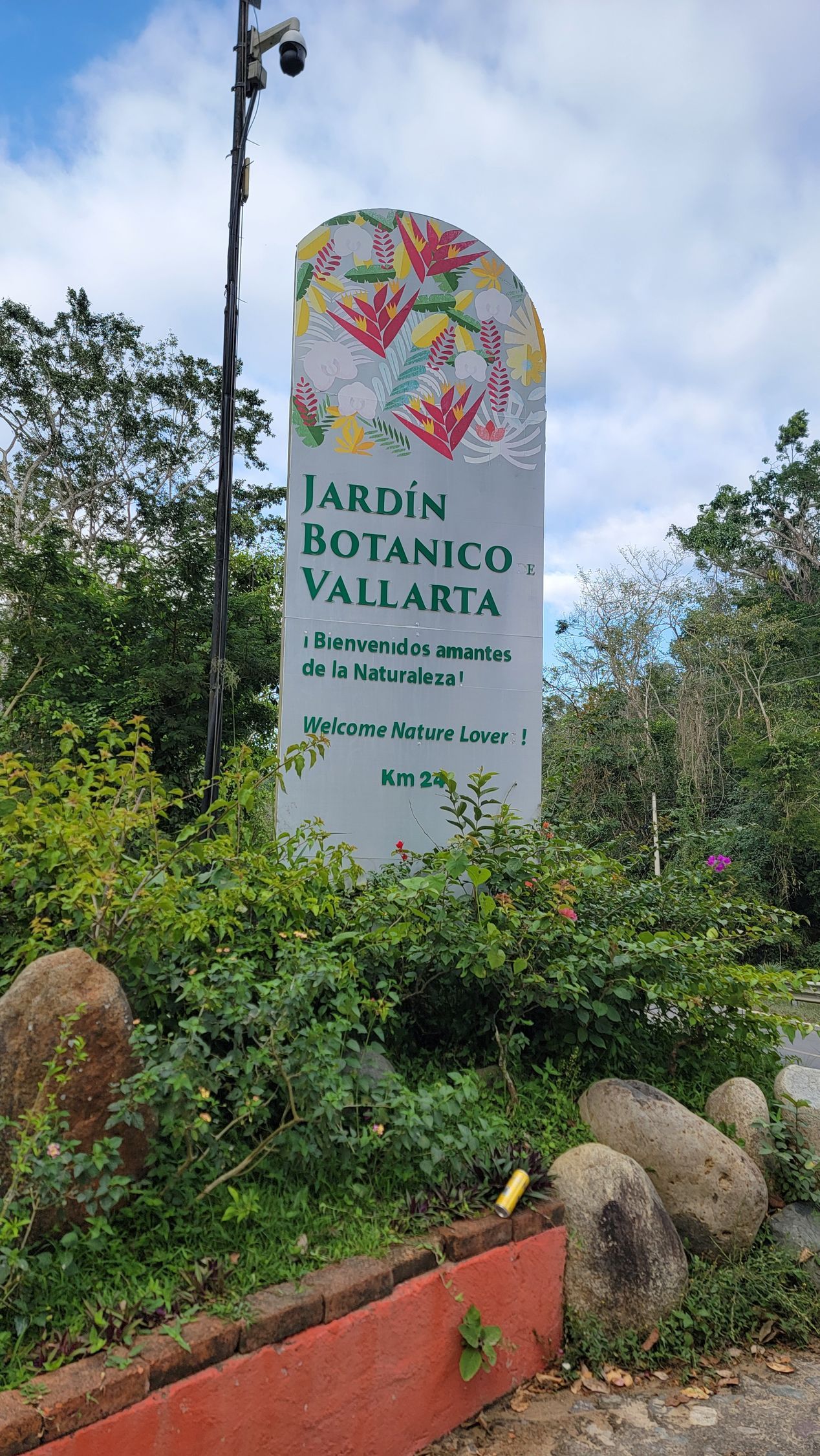
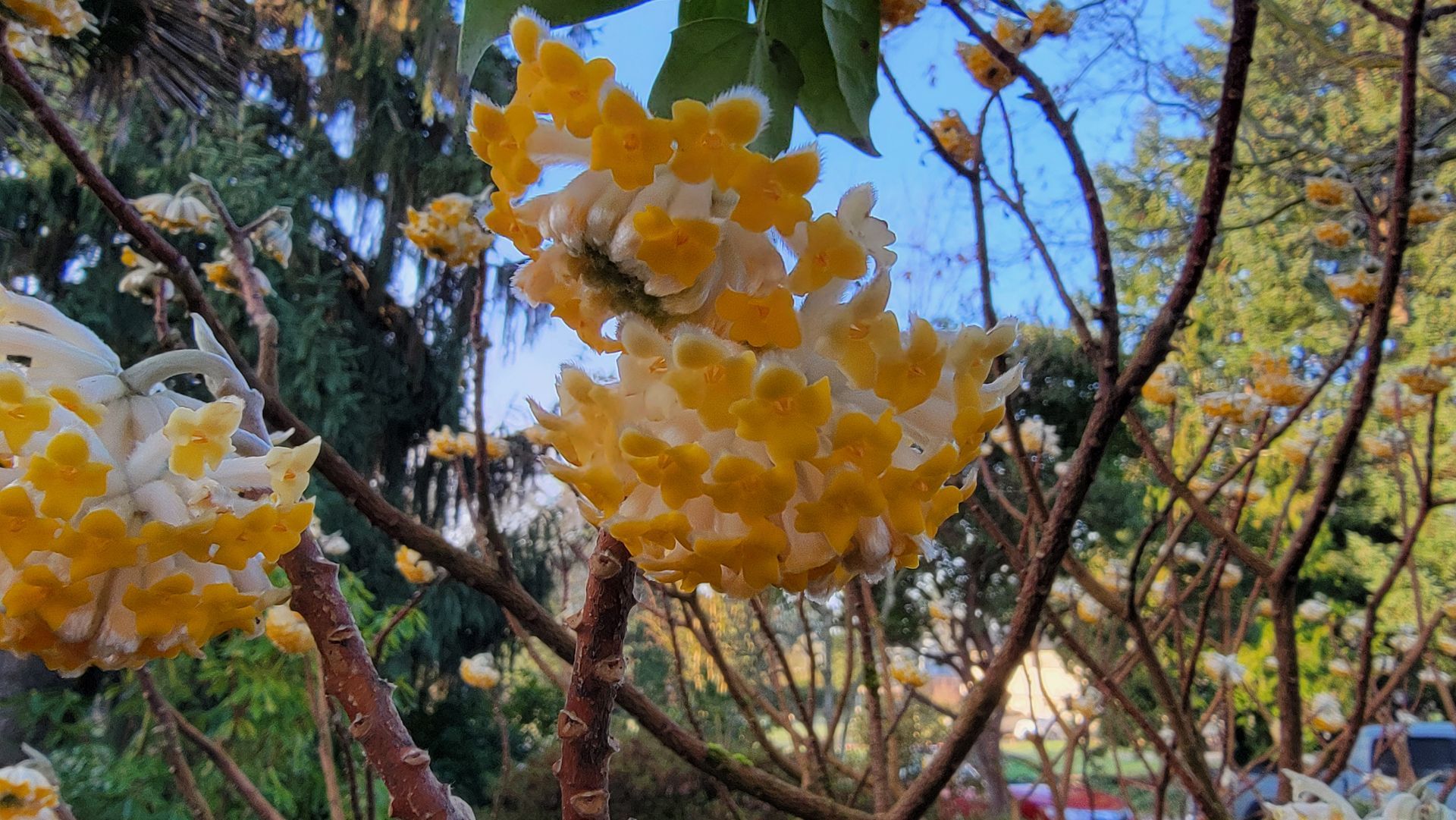

One of the questions most frequently asked of me when I meet with people is, “how can I get rid of my lawn?” There are many reasons people may want to ditch their lawn. There’s growing interest in our society over conserving water and putting in plants that create a good environment for beneficial insects and birds. Some people dread the spring when they must re-establish a relationship with their lawnmower. Others are ready to wave the white flag of surrender and give up on the patchy, over shaded lawn that they’ve been coaxing for years.
Whatever the reason, it is always good to look at your options.
The first thing I ask is how people want to use the space. Do you still need an area to kick a ball around or let a dog run free? Do you want a space full of plants and shrubs? Would you like more space for entertaining?
The second question is about site conditions. Is it shady? Full sun? Does it stay wet, or is it dry? Will you be irrigating or choosing drought-adapted plants? If you are going low to no water, you may still want a temporary watering solution for the first year.
Grass Adjacent Solutions:
Eco lawn:
Eco Lawns may be a consideration if you still have kiddos or pets that need some lawn space. Eco Lawns are generally started with seed mixes. Several local companies sell great mixes. Look for mixtures with dwarf perennial ryegrass, hard fescues, yarrow and clover. After establishment, you can let the grass go dormant in the summer months and still have a green space. These mixes still look best with a couple of mows a year and some water, but they take less maintenance than a conventional lawn. One thing to consider is that many of the mixes contain clover, English daisies and yarrow, which makes a bee haven. If getting stung is a concern, or you have small children running around in bare feet, consider a mix without those.
Artificial Turf:
There are a lot of considerations around artificial turf. While it is not my personal preference, I do admit that in some circumstances it is the best solution. Artificial turf has a high upfront cost, installation cost of a fake lawn can run you almost as much as a patio (if implemented correctly), you will have to invest some big bucks into saving on water and maintenance down the road. Speaking of maintenance, while you don’t have to mow it, artificial turf still takes some upkeep. If you have tree debris the surface will need to be cleaned off, and it looks best if raked occasionally.
Heat is another thing to think about, as artificial turf absorbs a lot of it. If you have a small, south-facing yard, it will not feel good to be out on that turf during the height of summer. Another factor to consider is what happens to all that material when it reaches the end of its life. Often, due to the nature of the materials it’s made from, it will go to a landfill.
The benefits are that you can put it where grass won’t grow, it makes a great play surface for kids, it usually lasts a long time, it’s green all year round and, much like laminate flooring, it’s come a long way aesthetically in the last ten years.
Ground covers:
Many people I meet with think of ground cover as the solution to all their problems because they think of it as being equal to lawn. I hate to burst your fantasy of a tough, drought-tolerant, low maintenance plant that will create a rich carpet in your yard: this doesn’t really exist. At least, it doesn’t come into existence easily. Unless you are vigilant the first few years a ground cover is becoming established, weeds will decide that your ground cover is the perfect place to hide and spread and grow through, which ends in you either ripping the whole thing out or painstakingly hand pulling weeds from your ground cover. If you’re willing to put in the time and effort for some ground cover, good options might be creeping thyme, Corsican mint, Sedum Angelina, Ajuga reptans, Heather, Creeping raspberry, etc.
Wildflower Meadow:
Creating a wildflower meadow is a great way to support local, beneficial insects. Our insect populations are declining; the more we can do to bring flowering annuals and perennials, the better. Consider using clumping grasses in your meadow and leaving the spent flowers through the winter and into spring to form seeds for birds. Many of our native insects will use the stems to winter over. Every grain the birds don't eat will ensure you will have more flowers the following year. Late spring cleanup isn't so bad either. You can cut the stems of spent plants and leave them as mulch.
There are some great seed mixes from Northwest Meadowscapes. I like to buy seeds of individual species and group them when I sow, which gives more of an impact.
One thing to keep in mind is this tends to lend a wilder look to the yard, so consider whether this fits into the aesthetic of your home and your personal preferences, and potentially your HOA’s preferences.
Ornamental Grasses: If you like the negative space and flow of lawn, consider ornamental grasses or grass-like plants. These often come in a clumping habit that won’t spread like lawn, and many varieties are drought tolerant once established and only need to be cut down once a year.
Outside the Lawn Solutions:
Shrub and Perennial Plantings:
You could have a front yard composed of all shrubs and perennials with no lawn. This is where you might want to consult with a Winterbloom designer to come up with a good planting plan that creates natural looking sweeps of plants that hold interest all year round. And maybe you need a playful path running through it all, but we can get to that in the next point. The maintenance level of this option would vary depending on the plants that were put in, and it is important to remember if one doesn’t mow, one weeds. And it is especially important to stay on top of the weeds the first couple of years while the plants are growing in and becoming established, and to dedicate yourself to putting down a nice layer of bark mulch every two to three years.
Hardscape:
Much like artificial turf, this option has a higher upfront cost but potential for a lot of reward. You could make an informal crushed gravel patio or bring in some pavers or stamped concrete. This could be a welcoming courtyard near the front door, a hidden coffee drinking nook, an area for entertaining, the place to roast marshmallows around a fire bowl with the grandkids or a serene hideaway with a glass of wine. When implemented in conjunction with a thoughtful planting plan that softens the hard edges, more hardscapes can be a welcome addition.
Dry Garden:
You could consider a dry or rock garden. A dry garden uses well suited plants adapted to our dry summers, so after they've established they should need very little to no additional water. Gravel mulch is often used but is not necessary. You could use Thyme, Yuccas, Arctostaphylos and bunching grasses. There are a lot of plants that can be used to create a lovely, low input garden. Add some boulders and a seating area for more accents and features.
Dry Creek Bed:
A dry creek bed probably will not take up your entire yard, but it can take up a substantial amount of real estate. This uses rocks and gravel to create an interesting feature running through your yard. This option is particularly useful if you have drainage issues in your yard that also need to be addressed, and a French drain and dry well can be hidden within the bed. My advice is to hire someone who is good at rock work; a dry creek bed is a bit like dying your hair, you want it to look natural and like it’s always been there, and it can easily cross the line into looking fake.
I hope if you are thinking of getting rid of lawn this will help inform and inspire you. Remember, many of these solutions can even be mixed and matched and used together. Keep in mind as well that sometimes it is better to start small and take out just a portion of your lawn to begin. If you are looking at a big transformation, feel free to give us a call or send us an email and we would be happy to meet with you and help envision what your yard could look like without/with less lawn.









Oregon landscape business license: #6111